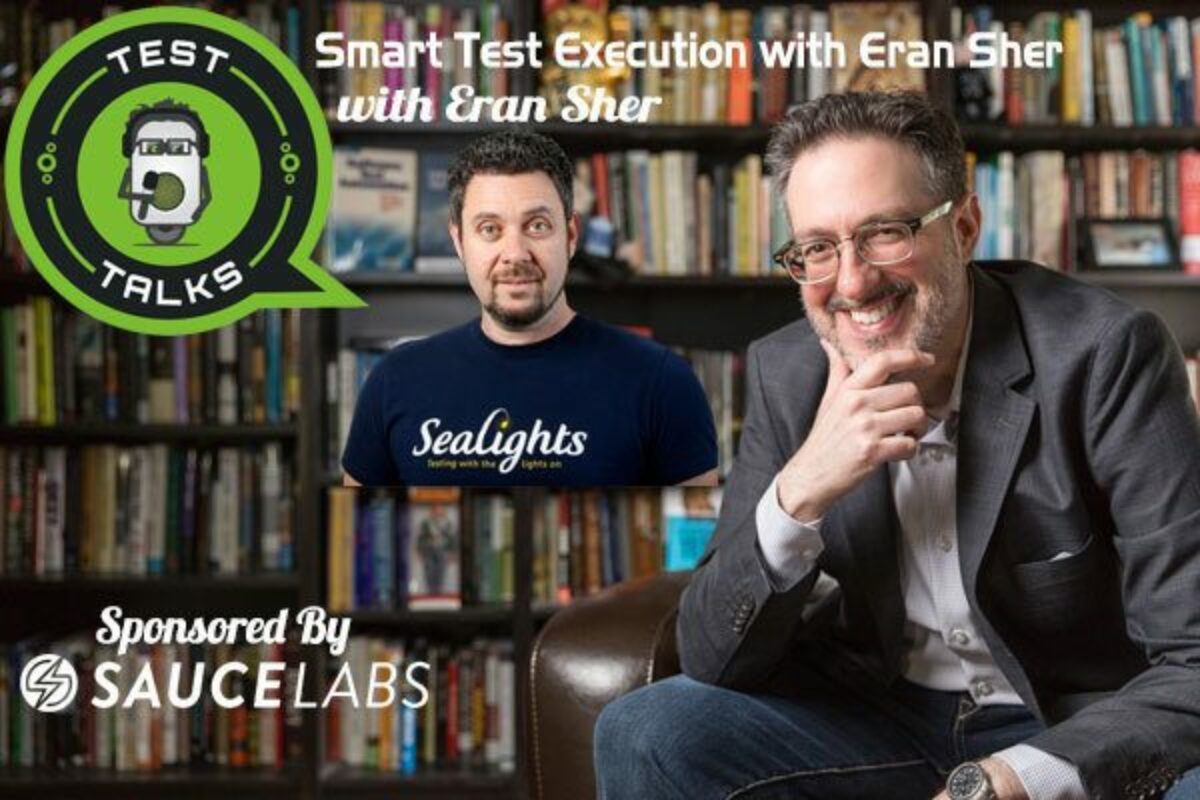There are many things that can disturb the perfect flow of front-end development and testing. However, for some reason, most people are led to believe that, whatever the answer is, it might involve new technology. But what if that was not true? What if what we actually need is a new approach, or better yet, a new methodology to guide us? In this episode, Fabio Nolasco gives a glimpse in his book Professional Front-end Architecture, explaining how front-end architects have an opportunity to act as catalysts so that good front-end code and testing can actually happen as it should in our organizations.
About Fabio Nolasco

Fabio is passionate about all the connections between Front-end Development and System Design, System Architecture, User Experience, Productive Workflows, Portable Code, Progressive Web Apps, I, T and ArtificiaIntelligencece. He is also the author of the book Professional Front-End Architecture Helping Front-End Development Reach Its Full Potential.
Quotes & Insights from this Test Talk with Fabio Nolasco
- I always liked computer science since a young age my whole family was confused about my decision. But my goal was that I wanted to apply computers to our computational solutions to real-life problems. I had a small company at that time even in the young age and I saw the people they were studying computer science they didn't really understand that the subject matter of the programs that they would create. And there was always a conflict between the person idealizing the system and those creating the system. So I said well if I go with Forest Engineering I probably can work with programming and for my surprise, there's a lot of programming.
- The challenges I saw as an engineer was actually way more complicated and the challenges I face as a full stack developer web developer when I started my career here in the U.S. But then with time I start noticing that a lot of people would treat front end development with a lot of I almost would say with disrespect People laugh at you if you say oh yeah I work with HTML, CSS, and javascript.
- So I don't think there's an industry standard definition for Front End Architecture but I'm trying to push or to promote a new perspective right there. The most common perspective I see around in the front end community is that Front End Architecture is the work of selecting a tech stack, which CSS a javascript framework you're going to use and how you're going to organize your files how are you going to configure your development environment and maybe even like a little bit of your data flow. That's the most common approach is see but I think that's a pretty limited perspective.
- The first lesson I learned which it sounds pretty simple is that there's no silver bullet in terms of an engineering perspective
- And that's part partially the reason why I wrote the book because I couldn't just say well we already have software architecture why we will create a front in architecture. Why not let software architects take care of this and organize everything. It's because the front in the world is too broad and it changes every week.
- The best advice I can have for people to improve the quality of testing at their company will be for them to get their bosses to buy into the idea of having an architect. An architect will pave the way, will make a way for things to run smoothly and we're going to have way more capacity to focus on testing and doing better quality testing suites.
Connect with Fabio Nolasco
- Twitter: @_fabionolasco
- LinkedIn: fabionolasco
- Blog: fabionolasco.com
- Book: Professional Front-end Architecture
Rate and Review TestTalks
Thanks again for listening to the show. If it has helped you in any way, shape or form, please share it using the social media buttons you see on the page. Additionally, reviews for the podcast on iTunes are extremely helpful and greatly appreciated! They do matter in the rankings of the show and I read each and every one of them.

Powered By SauceLabs
Test Talks is sponsored by the fantastic folks at Sauce Labs. Try it for free today!




